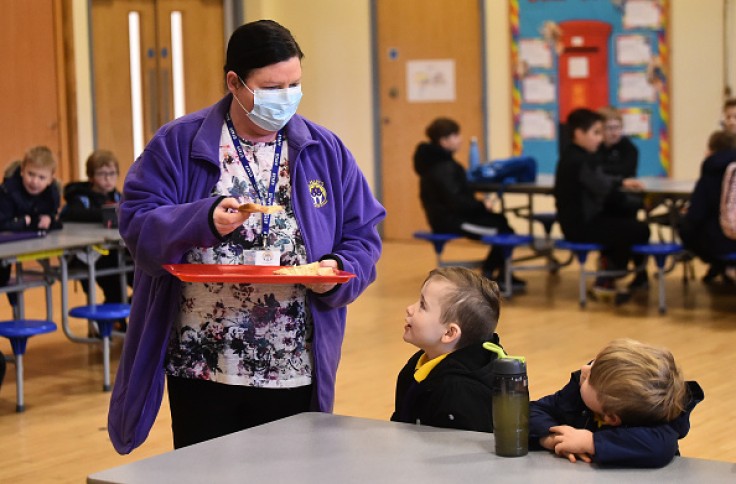
Recently, nearly 3,000 people tested positive in the new COVID-19 cases in three counties including D.C, and hospitalizations are rising throughout the country.
Virginia had the largest number of new cases in the area (1,496), with a seven-day average of 1,060, while Maryland announced 747 new cases. On Thursday, April 8, D.C. announced 170 new COVID-19 cases, bringing the seven-day average to 120.
According to the District, 23 percent of residents have been completely or partially vaccinated. Only about a quarter of the population has been completely vaccinated.
According to city statistics, the number of young people infected rose sharply in January, following the holidays, and before most public schools began providing significant in-person instruction. Yet, there is no evidence that there has been a significant spread in school based on the information available and data given by city officials.
DC Schools Not Seeing the Spread of COVID-19
About every day, a new notification is released on the school system's public website. A few at a time, they trickle in.
Since schools reopened for in-person learning in February, the school system has released about 100 notices, taking back around 20% of the student population. Each posting can necessitate the conversion of at least one classroom (of up to 12 people) to remote learning and a two-week quarantine period.
According to Ryan Stahlin, a data scientist who started an independent website monitoring the city's coronavirus outbreaks, only 224 of the 4,400 cases in children 18 and younger between Aug. 1 and March 25 have been linked to schools.
In schools, the city has implemented cohort and quarantine policies, some of which are more conservative than the CDC's recommendations. For example, despite national guidelines and newly updated local guidance, the public school system does not allow middle and high school students to transfer classes and cohorts.
In schools, the city has used a six-foot social distancing rule, but will soon change to three feet after updated CDC guidelines. Anyone in a cohort with a positive case is currently required to quarantine for 14 days.
While the alerts are alarming, city officials believe they are more indicative of students bringing the disease into schools than of the virus spreading inside schools. Officials with the school system state that when many people in the school test positive, it's normally siblings in separate classrooms.
They also stated that they are not aware of any case in which a classroom was quarantined and then one of the students, staff members, or close contacts tested positive, implying that the exposed student did not transmit the virus at school.
While that optimistic data point is difficult to verify because it depends on families self-reporting any positive COVID-19 cases during quarantine, school officials believe their attempts to prevent the virus from spreading in schools are working. According to city reports, a charter school had one positive case after a cohort was quarantined, while private schools had five cases.
The area, unlike some other jurisdictions, lacks a tracker that shows when and how many cases are identified at each school. And, since most children are still studying virtually, looking at the city's youth infection rates doesn't reveal much about colleges.
On most days, many of those who do attend classes do so virtually.
The city started publishing data this week showing which schools had the most incidents. The Armstrong campus of the Friendship network in Northwest Washington had a total of 19, all of whom were employees. The Armstrong campus was used as a research site until December, according to the network, and 3,500 staff tests were performed, with 24 positive results.
READ MORE : New Jersey Parents Sue to Reopen Schools